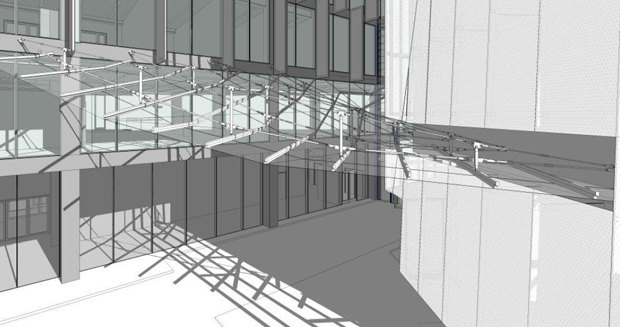Building Information Modelling (BIM) is now considered the definitive piece of technology for managing building design and construction and for achieving everything from greater efficiency through to building performance and sustainability outcomes.
Around 20 to 30 per cent of the industry has taken up BIM, and the technology’s advantages, which include allowing architects to monitor clash detection and refinement, and improve the way buildings are designed, built and managed.
Yet national guidelines still need to be developed for BIM technology so that the building and construction industry, experiencing a relatively flat economy currently, can be revitalised and begin to grow again, says buildingSMART Australasia president John Mitchell.
buildingSMART is an industry body that works to produce better buildings by promoting technologies and processes that promise better across-the-board outcomes.
Currently, the construction industry makes up around six to eight per cent of the nation’s GDP, but it has been suffering a decline in productivity over the past 30 years.
It has been estimated that if there is an accelerated widespread adoption of BIM technology in the Australian built environment, productivity would improve by between six to nine per cent and would increase the GDP by about $5 billion.
 Although the Federal Government decreed BIM was the way forward back in 2011, there have been no clear advances by the government in setting out national guidelines for the technology.
Although the Federal Government decreed BIM was the way forward back in 2011, there have been no clear advances by the government in setting out national guidelines for the technology.
Australia is severely lacking in commitment compared to other areas of the world, Mitchell says. Countries in Northern Europe along with the USA, UK, Singapore and Korea, which actually has the strongest government support, have all set mandates for the adoption of BIM.
The industry is desperate for the Australian Government to take a prominent position in developing a standard approach to BIM implementation in Australia.
“If the government made this commitment, then the industry would get a terrific boost,” Mitchell says.
“The industry is tired of waiting, we’ve been waiting years. There’s a clear business case.”
Construction has only just started to realise the potential of BIM and very few manufacturers are on board. Those that are using BIM are developing their own libraries, with only a modest amount of coordination, he says.
“The net result is that a lot of resources are being wasted in developing material. If it was national, we would have a much more productive outcome,” Mitchell says.
However, in order to do this there are several issues that need to be addressed.
buildingSMART held a series of conferences to determine key targets for improvement in the hopes they will accelerate the adoption of BIM and ensure national guidelines.
 The six key targets are:
The six key targets are:
-
Procurement – managing risk through new contracts that support collaborative, model-based procurement processes
-
BIM guidelines – a set of Australian guidelines based on collaborative working, open standards and alignment with global best practice
-
Education – a national BIM education re-training programme
-
Product data and BIM libraries – the building supply chain needs to digitise their components so they can be accessed through an on-line BIM products library
-
Process and data exchange – there are insufficient accepted universal standards for exchange of BIM data
-
Regulatory framework – planners, local government and other regulatory bodies need guidance on assessing and approving BIM-based projects.
Given the size of Australia, a coordinated and consistent approach is needed in the adoption of BIM. In the 20 years where 2D CAD dominated, there were no common guidelines or consensus between industry and government. If industry and government were to collaborate, BIM adoption would accelerate and have flow on benefits to the economy.
Images courtesy of buildingSMART Australasia.

